
William Knell's houses
William Knell built several of the local houses in Farnborough and lived in The Sycamores for a short time in 1871. Here is the list of the houses that we can track down that he lived in while building others. The 1974 map below shows the location of the houses in the southern part of Farnborough Park. As you can see, there are not exactly many houses at the time. To the north were Farnborough Place and Farnborough Hill.

Farnborough Park in 1874 showing all the major houses
(Credit: http://www.old-maps.co.uk)
None of the above houses were built in 1859 according to White's Gazetteer
1861: None of the above houses were built in 1861 according to the 1861 census.
1865: Harrod & Co.'s Directory of Hampshire & Isle of Wight, 1865
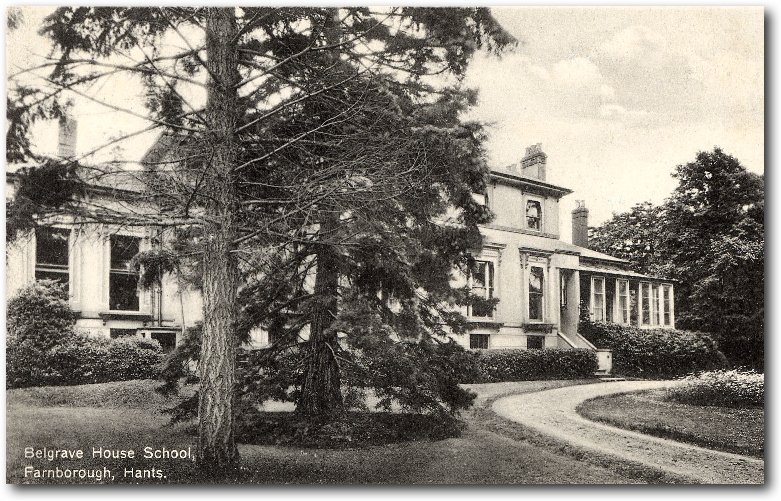
Belgrave House School
(Credit: Mr Percy Vickery and Jo Gosney)
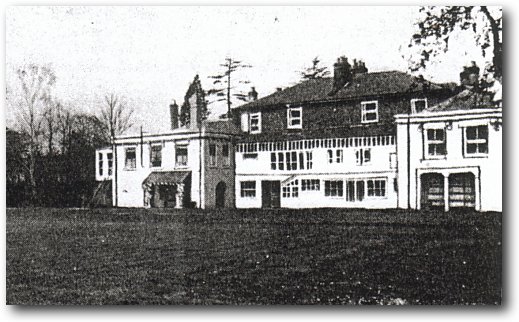
Back of Belgrave house school circa 1925
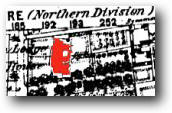
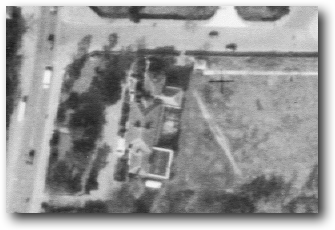
Park House and Mapperton lodge in 1871 and in a 1953 aerial photo
(Credit: Farnborough Air Sciences Trust Museum)
William Knell was listed as living in Park lodge in 1865 before moving on to Castleden hall after it was built. We assume that Park lodge became known as Park house at a later date After it had been knocked through to Mapperton lodge next door, it became known as Belgrave house. By the 1932 it had became Belgrave House School. It was demolished in the 1960s to make way for Farnborough Technical College.
Photographs of Belgrave house in 1961) are held in the Wallop family photo album in the Hampshire Records Office -15M84/5/14/28 [closed until March 2008]
1867: William Knell lived in Castleden hall for a short time in 1867. Kelly's Guide
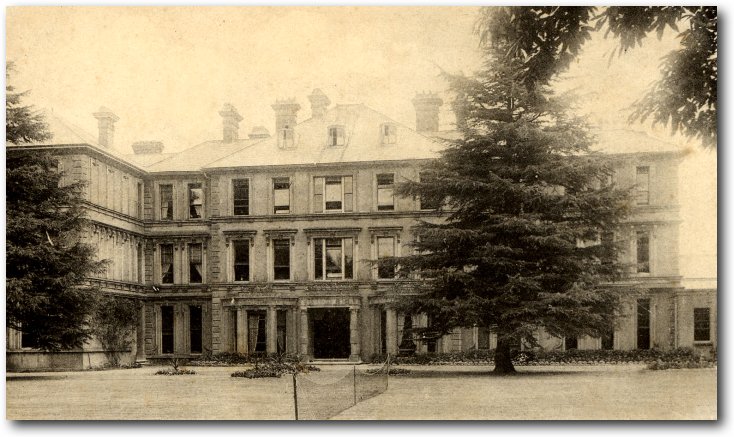
Castleden Hall (Farnborough School) in 1906
(Credit: Jo Gosney)
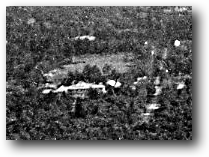
Castleden hall as seen in an aerial photo in 1905/10. Note: The house behind
Castleden house is Bifrons and Knellwood (at the end of Boundary Road) is at the top right.
(Credit: Farnborough Air Sciences Trust Museum)
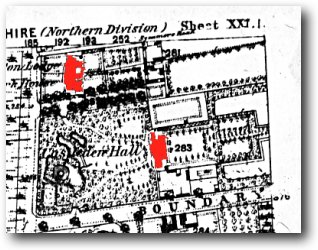
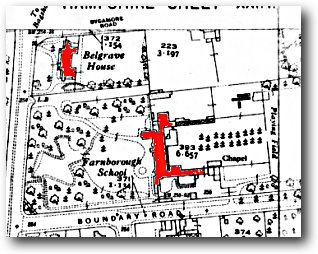
The maps above show Castleden hall soon after is was built by William Knell in 1874 and it had become Farnborough School by 1881 was extended in the early 1900s.
An advert for the sale of Castleden hall as a "building estate" was placed in The Times ©, Thursday, Oct 17, 1935.
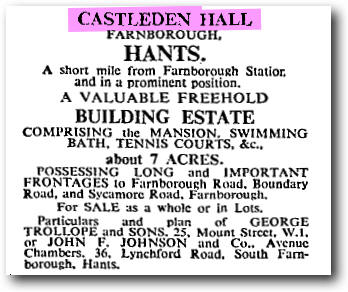
Planning permission was requested to convert Castleden hall into flats on the 19th August 1936 (Hampshire Records office - 151M71/BP2111) but it looks like this was rejected and the house was sadly demolished by 1938.
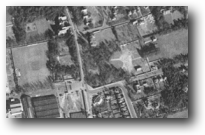
Castleden house had been demolished by 1938
(Credit: Farnborough Air Sciences Trust Museum)
The land seems to have remained unused until occupied by Farnborough College of Technology after 1955. The college had its origins Royal Aircraft Establishment Technical School started in 1943 which was housed in the old Hillside Convent (The same Hillside convent school that moved to The Sycamores in 1915) opposite the land occupied by Castleden hall and Park house (later Belgrave house school). In 1955 the college moved across the road from the convent.
1871: William Knell was living in the house according to the 1871 census, it was built
before 1865 as Thomas Scovell lived in the house in that year.
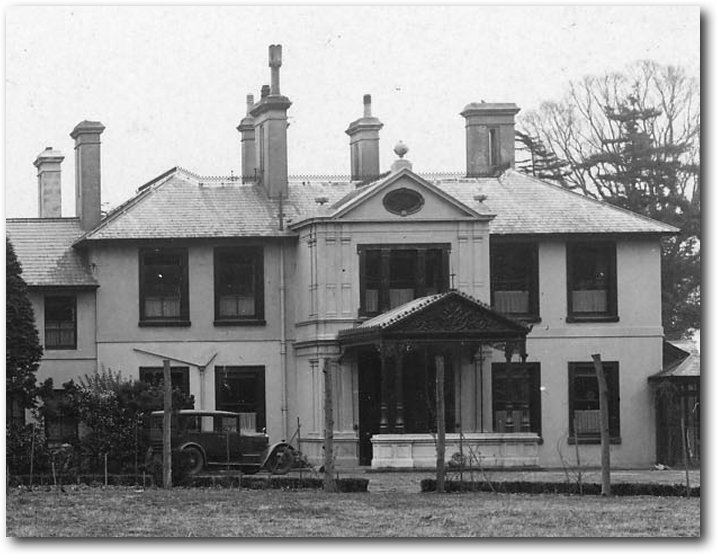
The original part of Sycamore house in 1928
[Credit: Kathleen May, Nee Hilder Source Jo Gosney]
In the late 1860's, William Knell built, but didn't live in, Knellwood. Knellwood is a residential care home today
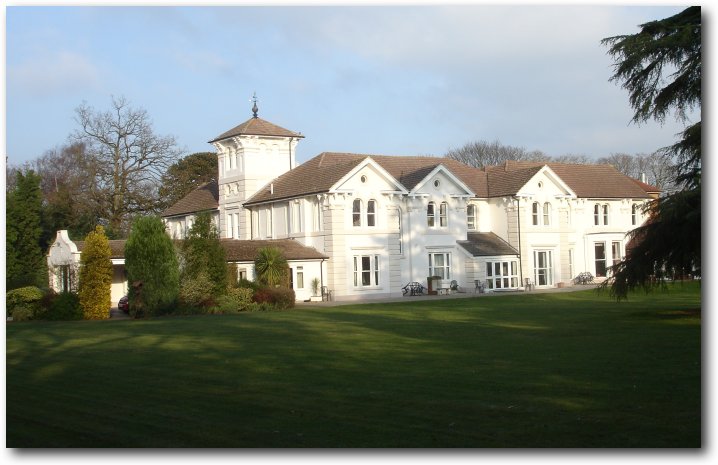
Knellwood in 2007
(Credit: Knellwood Residential care Home).
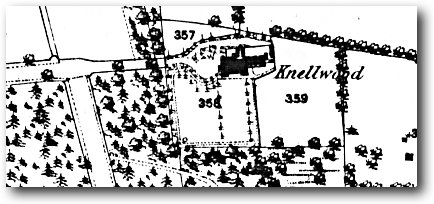
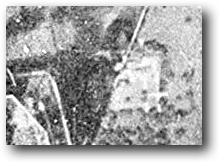
Knellwood in 1871 and 1918
1875: William Knell probably moved back to Park house in 1872 after General Sir Thomas McMahon moved into The Sycamores. He was certainly in Park house in 1875 according to the Post Office Directory of Hampshire, Wiltshire & Dorset .
1878: William Knell was listed as living in Park house in 1878 according to White's Gazetteer.
National Archives: 18 Oct. 1878 - 17 Nov. 1888. Papers, including correspondence, relating to mortgage of Mapperton Lodge and Park House at Farnborough by Chas. Master to John Weld.

Belgrave House School
(Credit: Mr Percy Vickery and Jo Gosney)


Park House and Mapperton lodge in 1871 and in a 1953 aerial photo
(Credit: Farnborough Air Sciences Trust Museum)
1880: William Knell had moved into Forest lodge by 1880 according to the 1880 Kelly's Guide. The house was already occupied in 1865 by a Sir david Wood according to the Harrod & Co.'s Directory of Hampshire & Isle of Wight, 1865 so the house was not built by William Knell either. It looks like Forest lodge and The Sycamores were built around the same time in the early 1860s.
The Times ©, Wednesday, Dec 17, 1919:

The Times © Friday, Sep 14, 1923:


Forest lodge in 1911
Note: Hillside Convent is at the bottom which housed Hillside
Convent before moving the The Sycamores in 1915.

Forest lodge in a 1918 aerial photo
Note: This is the only picture of the house we have managed to track down so far and
unfortunately the edge of the plate goes right through it!
(Credit: Farnborough Air Sciences Trust Museum)
Following the death of Agatha Scott (Wife of Lieut. Colonel Lothian Scott who had lived in the house since at least 1891), Forest lodge was bought by Rushmoor Borough Council in 1924 (Hampshire Records office - 151M71/DDC/F/89) and was demolished by 1938, to be replaced by another building by 1946 which was eventually replaced by Rushmoor Council's offices in the 1960s.
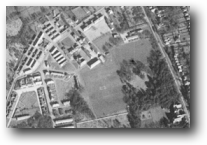
Forest lodge had been demolished by 1938
(Credit: Farnborough Air Sciences Trust Museum)
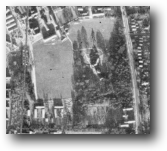
And the first council offices built by 1946
(Credit: Farnborough Air Sciences Trust Museum)
Mr Knell's "new house", Bifrons
![]()
1881: William Knell was listed as living in the "new house" in the 1881 census. We assume this to be Bifrons
1886: It is thought that William Knell died in the Bifrons in 1886 aged 76.
Bifrons house was used as an old peoples home from 1952 and eventually closed in 1986 and converted into flats (Hampshire Records Office -H/ES2/2/28)
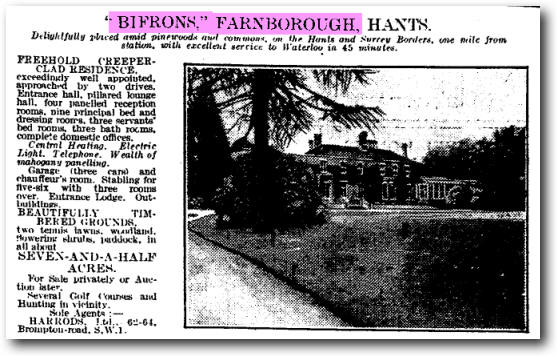
Sale advert in The Times ©,
Friday, Nov 01, 1929
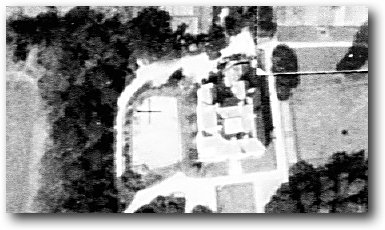
Bifrons in a 1953 aerial photo
(Credit: Farnborough Air Sciences Trust Museum)
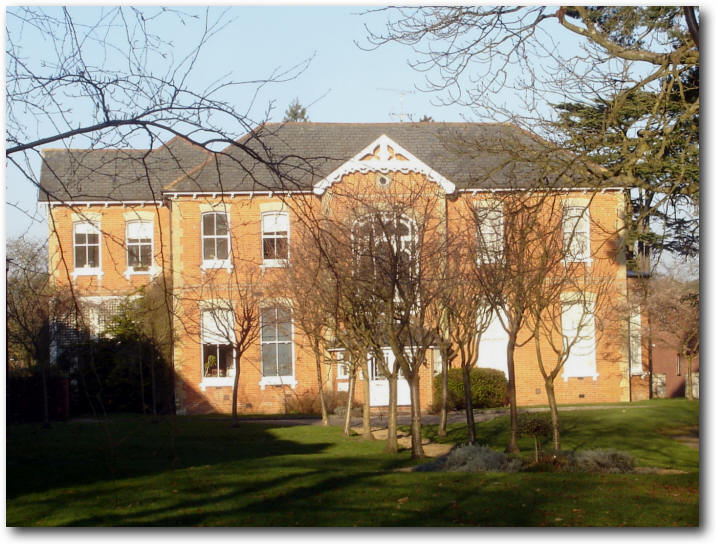
The front of Bifrons (Byfrons now) in 2007
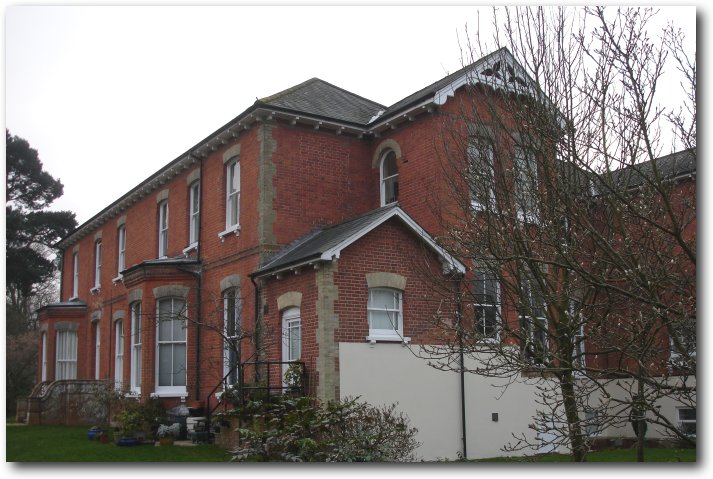
The western side of Bifrons (Byfrons now) in 2007